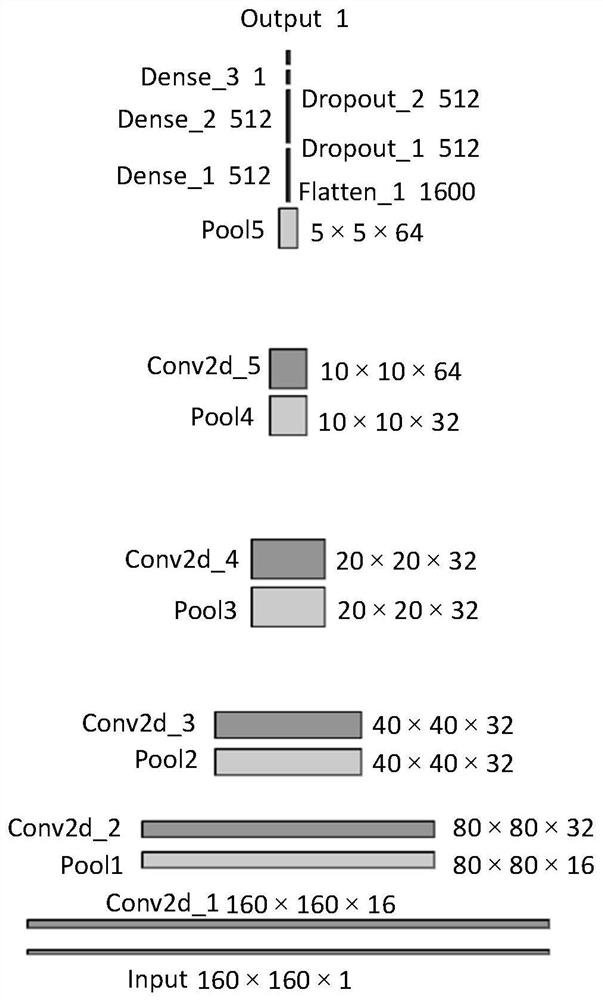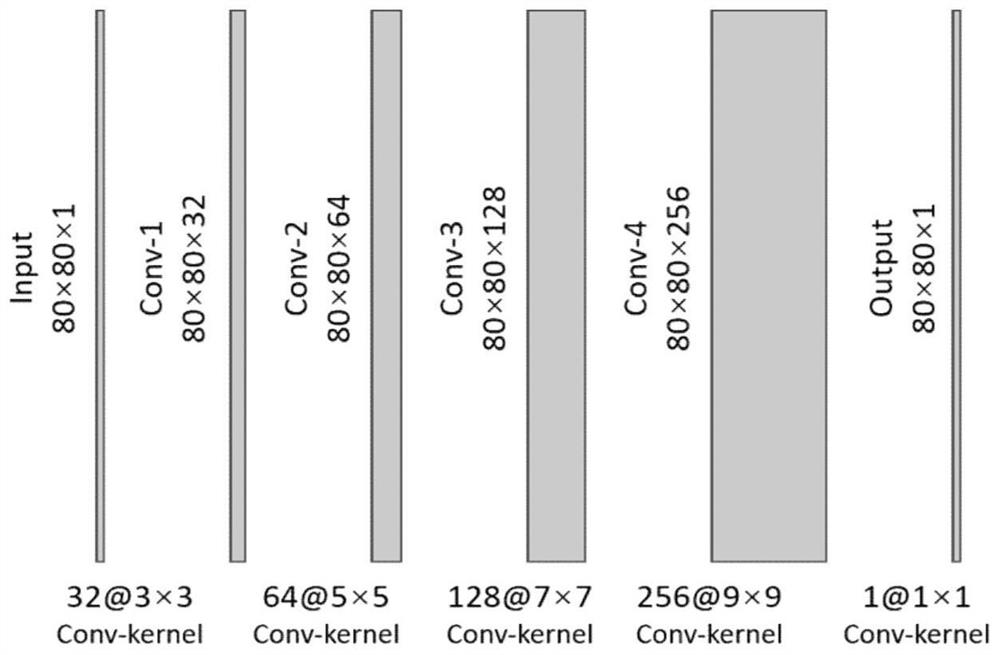Pavement crack identification method based on transposed neural network interlayer feature fusion
A technology for pavement cracks and identification methods, which is applied in the field of computer vision and road engineering, can solve problems such as discontinuity, achieve the effect of reducing performance requirements, reducing noise, and speeding up the segmentation training process
- Summary
- Abstract
- Description
- Claims
- Application Information
AI Technical Summary
Problems solved by technology
Method used
Image
Examples
Embodiment Construction
[0031] Specific embodiments of the present invention will be described in detail below in conjunction with the accompanying drawings. It should be understood that the specific embodiments described here are only used to illustrate and explain the present invention, and are not intended to limit the present invention.
[0032] Since the number of pixels occupied by cracks in the pavement image only accounts for a very small proportion, the blank part without cracks consumes most of the computing resources during segmentation, but there is no harvest. Therefore, the pavement image can be divided into several small areas first, and the sub-blocks without cracks can be quickly discarded by using the classification method, and the sub-blocks with cracks can be determined, and then segmented, which can reduce the performance requirements of the hardware and greatly speed up the process. Split the training process.
[0033] The present invention proposes a two-step convolutional neu...
PUM
 Login to View More
Login to View More Abstract
Description
Claims
Application Information
 Login to View More
Login to View More - R&D
- Intellectual Property
- Life Sciences
- Materials
- Tech Scout
- Unparalleled Data Quality
- Higher Quality Content
- 60% Fewer Hallucinations
Browse by: Latest US Patents, China's latest patents, Technical Efficacy Thesaurus, Application Domain, Technology Topic, Popular Technical Reports.
© 2025 PatSnap. All rights reserved.Legal|Privacy policy|Modern Slavery Act Transparency Statement|Sitemap|About US| Contact US: help@patsnap.com



